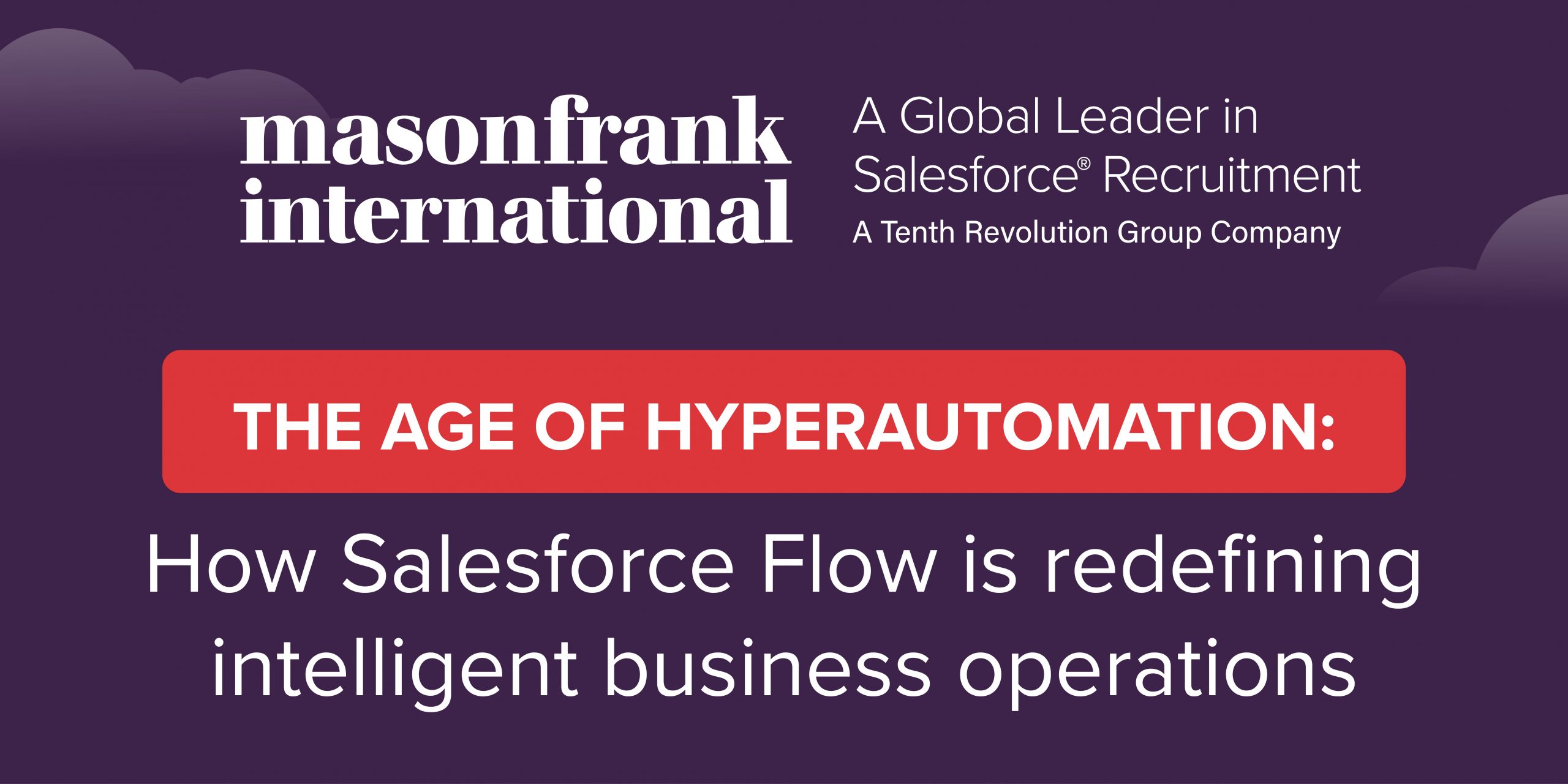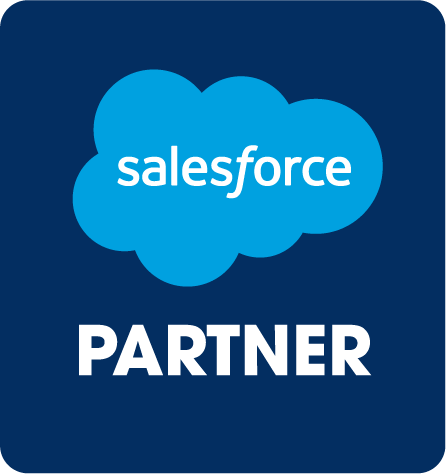
In boardrooms across the world, a fundamental shift is occurring in how leaders approach operational efficiency.
The conversation has moved beyond simple task automation to something far more transformative: hyperautomation.
And at the heart of this revolution lies Salesforce Flow, a platform that’s quietly enabling organizations to achieve this vision without massive IT investments.
What is hyperautomation?
Hyperautomation is a business-driven strategy that extends automation beyond simple, repetitive tasks to encompass as many business processes as possible. It’s the orchestrated use of multiple technologies like robotic process automation, AI, machine learning, and low-code/no-code platforms to create a seamless, end-to-end automation system.
More than replacing a few manual steps with robotic ones, hyperautomation is about reimagining entire business processes as interconnected, intelligent systems that learn and adapt.
For example, instead of just using a bot to extract data from an invoice, a hyperautomation approach would automate the entire invoice processing workflow, from receiving the invoice to paying it and updating the accounting records. This comprehensive approach leads to more efficient, accurate, and agile business operations.
Want Salesforce professionals who can design hyperautomation with Flow? Mason Frank can connect you with Flow-certified experts.
Why does hyperautomation matter?
Hyperautomation is important in today’s business world because it can lead to significant commercial and operational benefits. By automating complex and repetitive tasks, companies can:
- Increase efficiency and productivity: Employees can be freed from mundane, low-value work to focus on more strategic, creative, and customer-facing activities.
- Reduce operational costs: Automating processes reduces manual effort and minimizes human error, leading to cost savings.
- Improve decision-making: By leveraging AI and ML, hyperautomation can analyze large amounts of data to provide deeper insights, enabling smarter and faster business decisions.
- Enhance customer experience: Automated processes can lead to quicker response times, more consistent service, and personalized interactions.
Wondering which Salesforce skills are rising fastest? Explore the Careers & Hiring Guide for the latest data.
How Salesforce Flow enables hyperautomation
Salesforce Flow is a key tool for achieving hyperautomation, especially for businesses already on the Salesforce platform. As a powerful low-code/no-code platform, Flow allows admins and business users to build sophisticated automations with clicks, not code.
It serves as the central command center for orchestrating business processes and can be used to:
- Automate record-based processes: Trigger actions when a record is created, updated, or deleted, such as sending an email when an opportunity is closed-won or creating a follow-up task.
- Create guided user experiences: Build screen flows to walk users through a complex process, such as a multi-step customer onboarding form.
- Integrate with other systems: using tools like MuleSoft, Salesforce Flow can connect to external applications like ERP systems, allowing for end-to-end automation across platforms.
- Orchestrate multi-user workflows: flow orchestration can manage complex, long-running processes that involve multiple users and systems, ensuring tasks are completed in the correct order.
By combining the declarative power of Salesforce Flow with the AI capabilities of Einstein and the integration power of MuleSoft, companies can move beyond basic automation and create a truly hyperautomated business environment.


